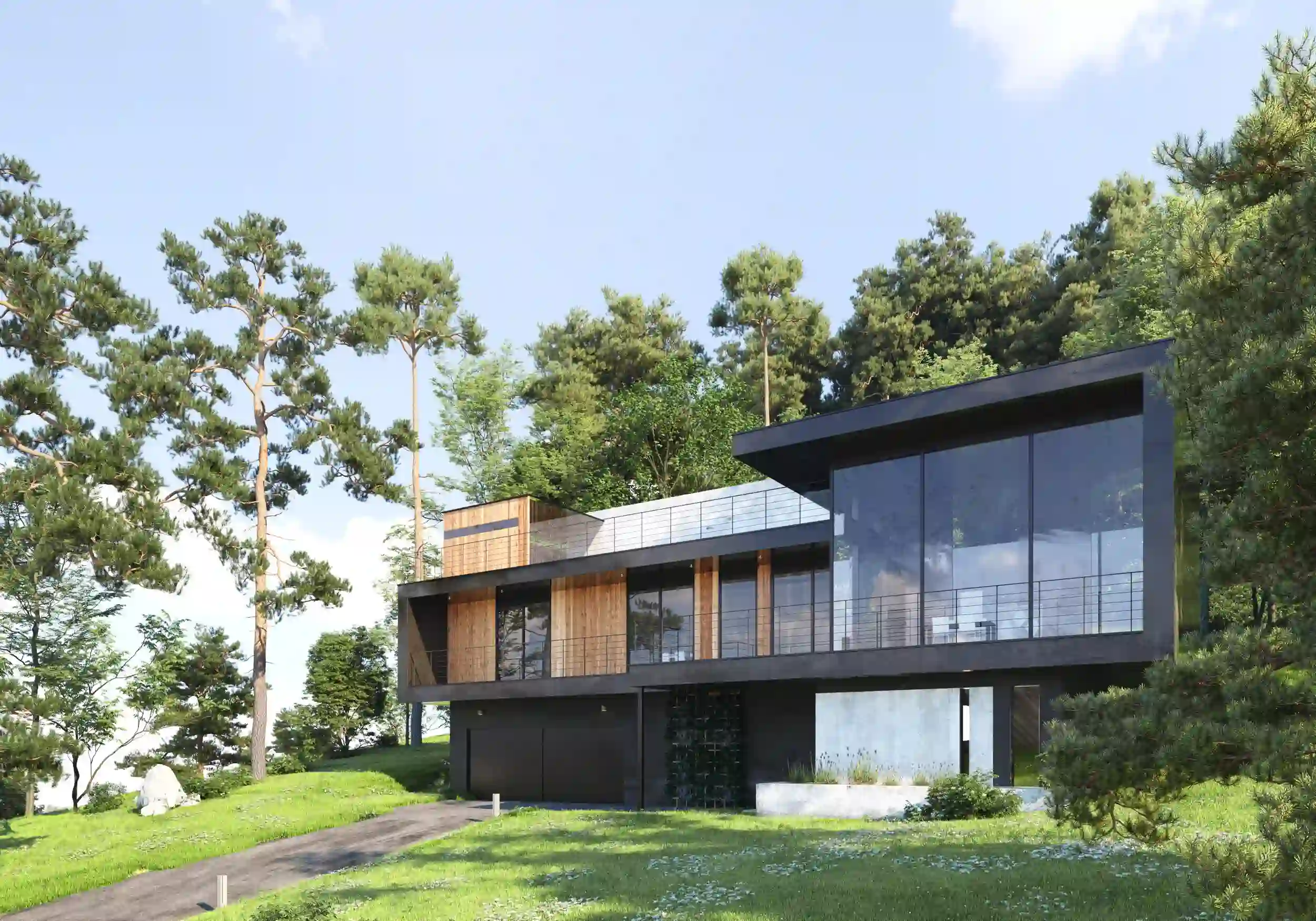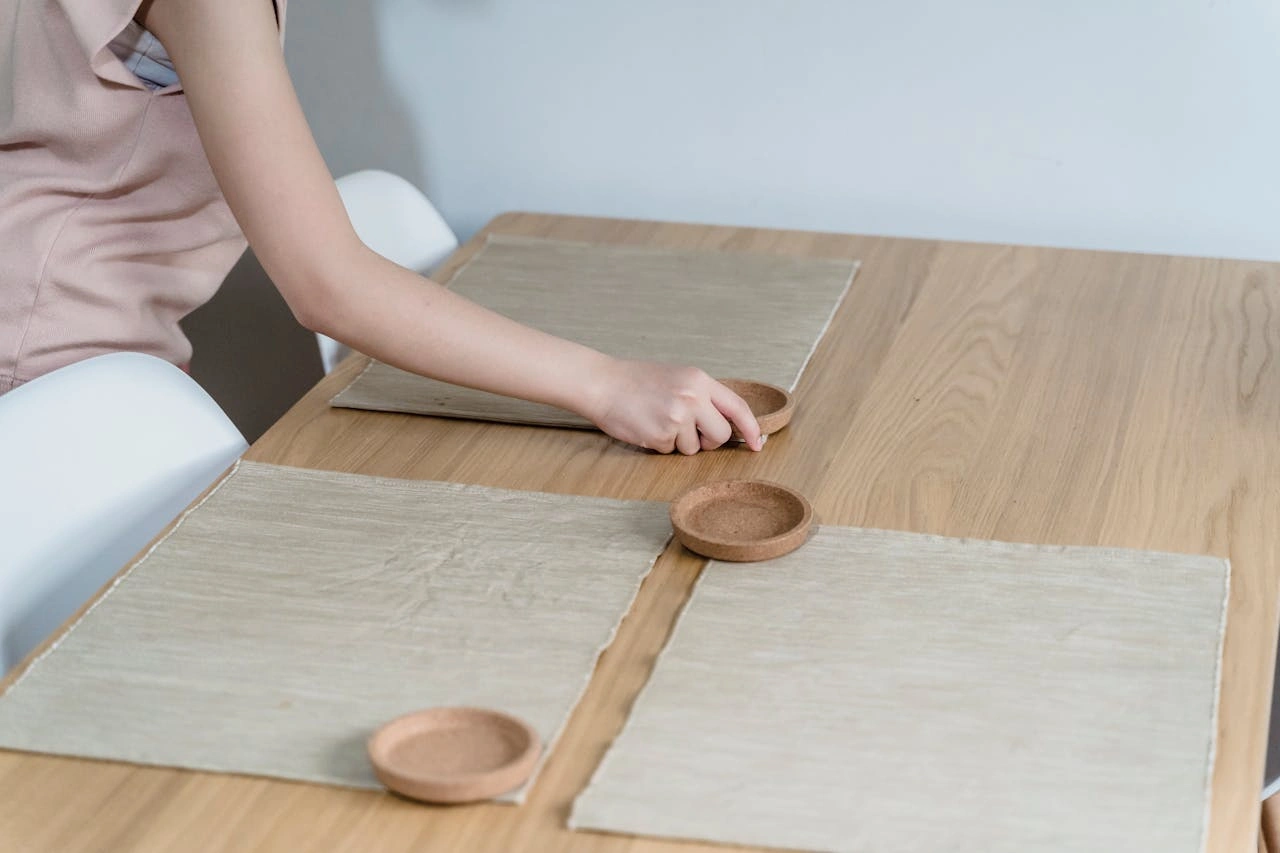Embarking on a custom home building journey offers a unique opportunity to create a living space that reflects your individuality and meets your specific needs. The advantages of this process are plentiful, providing homeowners with the freedom to design their dream home from start to finish. But what are the steps involved in bringing this vision to life? Let’s explore the benefits of a custom home building journey and uncover the steps that contribute to a seamless and personalized living experience.
If you’re ready to elevate your living, stay tuned for an in-depth exploration of the custom home building process steps that will leave you inspired and eager to take the next step.
Key Takeaways
- The custom home building process allows homeowners the freedom to design their dream home from scratch, choosing the layout, size, and architectural style that best reflect their personality.
- Working closely with an experienced architect or designer is essential in creating detailed plans, floor plans, elevations, and 3D renderings that accurately express the homeowner’s vision.
- Navigating the permitting process requires research, understanding, and attention to detail in order to gather and prepare necessary documentation and submit applications to local authorities.
- Selecting the right team of professionals, including experienced custom home construction experts, ensures effective communication, coordination, and incorporation of the latest trends, materials, and technologies throughout the process.
Understanding the Benefits
Understanding the Benefits of the custom home building process allows homeowners to make informed decisions and experience a truly personalized living space. Building a custom home offers numerous advantages over purchasing an existing property.
First and foremost, homeowners have the freedom to design their dream home from scratch. They can choose the layout, size, and architectural style that best suits their needs and preferences. This level of customization ensures that every aspect of the home reflects the homeowner’s unique personality and lifestyle.
Additionally, the custom home building process allows homeowners to select high-quality materials and finishes. From flooring and countertops to fixtures and appliances, homeowners have the opportunity to choose products that align with their taste and quality standards. This ensures that the finished home not only meets their aesthetic desires but also provides long-lasting durability.
Furthermore, building a custom home allows homeowners to incorporate energy-efficient features and technologies. They can choose to install solar panels, energy-efficient appliances, and insulation systems that will help reduce energy consumption and lower utility bills. This not only benefits the environment but also contributes to long-term cost savings.
Lastly, the custom home building process provides homeowners with a sense of ownership and pride. They are involved in every step of the construction process, from selecting the lot to overseeing the final touches. This level of involvement creates a strong sense of belonging and satisfaction, knowing that the home is truly their own creation.

Preparing Your Custom Home Design
When it comes to preparing your custom home design, meticulous attention to detail and careful planning are essential for creating a living space that perfectly embodies your vision and meets your lifestyle needs. The process of preparing your custom home design involves several important steps that will ensure your home is a true reflection of your style and preferences.
Firstly, it is crucial to establish a clear vision for your home. This involves considering your desired layout, architectural style, and overall aesthetic. Take the time to think about the functionality of each space and how it will support your daily activities. Consider factors such as the number of bedrooms and bathrooms you need, the size of your kitchen and living areas, and any special features or amenities you desire.
Next, work closely with an experienced architect or designer to translate your vision into a detailed plan. This will involve creating floor plans, elevations, and 3D renderings that accurately depict your desired design. It is important to communicate your preferences clearly and provide feedback throughout this process to ensure the design aligns with your expectations.
Once the design is finalized, it is time to select the materials and finishes that will bring your vision to life. Consider factors such as durability, aesthetics, and maintenance when choosing flooring, countertops, cabinetry, and other elements. Make sure to explore different options and consult with professionals to make informed decisions.
Navigating the Permitting Process
Navigating the permitting process is a crucial step in the custom home building journey, requiring meticulous attention to detail and adherence to local building codes and regulations. This process ensures that your custom home meets all the necessary requirements and obtains the proper approvals before construction begins.
To start, it is important to research and understand the specific permitting requirements for your area. Each locality has its own set of regulations and guidelines that must be followed. This includes obtaining the necessary permits for construction, electrical work, plumbing, and any other specialized areas.
Once you have a clear understanding of the requirements, it is time to gather and prepare the necessary documentation. This may include architectural plans, engineering reports, environmental impact assessments, and proof of insurance. It is essential to ensure that all paperwork is complete, accurate, and up to date to avoid any delays or complications during the permitting process.
Once your documentation is ready, it is time to submit your application to the appropriate local authorities. This is where attention to detail becomes crucial, as even a minor error or omission can result in delays or rejections. It is important to double-check all forms and attachments to ensure everything is in order.
After submitting your application, it is necessary to be proactive in following up with the authorities. This may involve answering any additional questions they may have, providing further documentation, or attending meetings or hearings if required. Staying organized and responsive throughout this process will help expedite the approval process.
Once you have obtained the necessary permits, you can proceed with the construction of your custom home. However, it is important to remember that inspections may be required at various stages of the construction process to ensure compliance with building codes and regulations.
Selecting the Right Team of Professionals
To ensure a successful custom home building process, it is imperative to carefully select a team of professionals who are experienced, knowledgeable, and dedicated to delivering high-quality results. The right team of professionals will play a crucial role in bringing your custom home vision to life and ensuring that every detail is executed to perfection.
When selecting professionals for your custom home project, it is essential to consider their expertise and track record. Look for architects, designers, contractors, and subcontractors who have extensive experience in custom home construction. They should have a deep understanding of the local building codes, regulations, and permits required for your specific location.
In addition to experience, it is important to choose professionals who are knowledgeable about the latest trends, materials, and technologies in the custom home industry. They should be able to provide valuable insights and recommendations to enhance the design and functionality of your home.
Furthermore, a dedicated team of professionals is essential to ensure that your custom home building process is efficient and well-coordinated. They should communicate effectively and work together seamlessly to meet your timelines and budget. Regular meetings and updates should be a part of their process to ensure that you are involved and informed every step of the way.
Ensuring a Smooth Construction Process
To ensure a seamless and efficient custom home construction process, meticulous attention to detail and a well-organized approach are crucial. The smooth execution of the construction phase is essential in turning your dream home into a reality. Here are some steps to help ensure a smooth construction process.
Firstly, it is important to establish clear communication channels with your builder and other professionals involved in the project. Regular meetings and updates will keep everyone on the same page and minimize any potential misunderstandings or delays.
Next, a detailed construction schedule should be created, outlining specific timelines for each phase of the project. This schedule should be regularly reviewed and adjusted as necessary to account for any unforeseen circumstances or changes in the project scope.
Additionally, proper project management is essential in keeping the construction process on track. This involves coordinating the various trades and suppliers, ensuring materials are delivered on time, and addressing any issues or challenges that may arise.
Quality control measures should also be implemented throughout the construction process. This includes regular inspections to ensure that work is being carried out to the highest standards and in accordance with the plans and specifications.
Frequently Asked Questions
How Long Does the Custom Home Building Process Typically Take?
The custom home building process typically takes several months to a year, depending on factors such as the size and complexity of the project, the availability of materials and labor, and any unforeseen challenges that may arise during construction.
What Are Some Common Challenges That Homeowners Face During the Custom Home Building Process?
During the custom home building process, homeowners often face common challenges such as budget constraints, delays in construction, and decision-making fatigue. These obstacles can be mitigated through effective communication, proper planning, and working with experienced professionals.
How Much Does It Cost to Build a Custom Home?
The cost of building a custom home can vary significantly depending on factors such as location, size, design, materials, and finishes. It is best to consult with a custom home builder to get an accurate estimate based on your specific requirements.
Can I Make Changes to My Custom Home Design Once Construction Has Started?
Yes, you can make changes to your custom home design once construction has started. However, it is important to work closely with your builder to ensure that any changes are feasible and can be accommodated within the construction timeline and budget.
What Are the Advantages of Hiring a Professional Team for the Custom Home Building Process?
Hiring a professional team for the custom home building process offers numerous advantages, including expertise in design, construction, and project management. Their experience and knowledge ensure a smooth and efficient process, resulting in a high-quality custom home.
Conclusion
In conclusion, the custom home building process offers numerous advantages, allowing individuals to create a personalized living space that caters to their specific needs and preferences. By understanding the steps involved, such as preparing the design, navigating permits, selecting the right professionals, and ensuring a smooth construction process, homeowners can have full control over every aspect of their dream home. This attention to detail and customization ensures that every corner reflects the homeowner’s vision and enhances their living experience.
You may also like to read:
Guide to Real Estate Partnerships in Home Development


